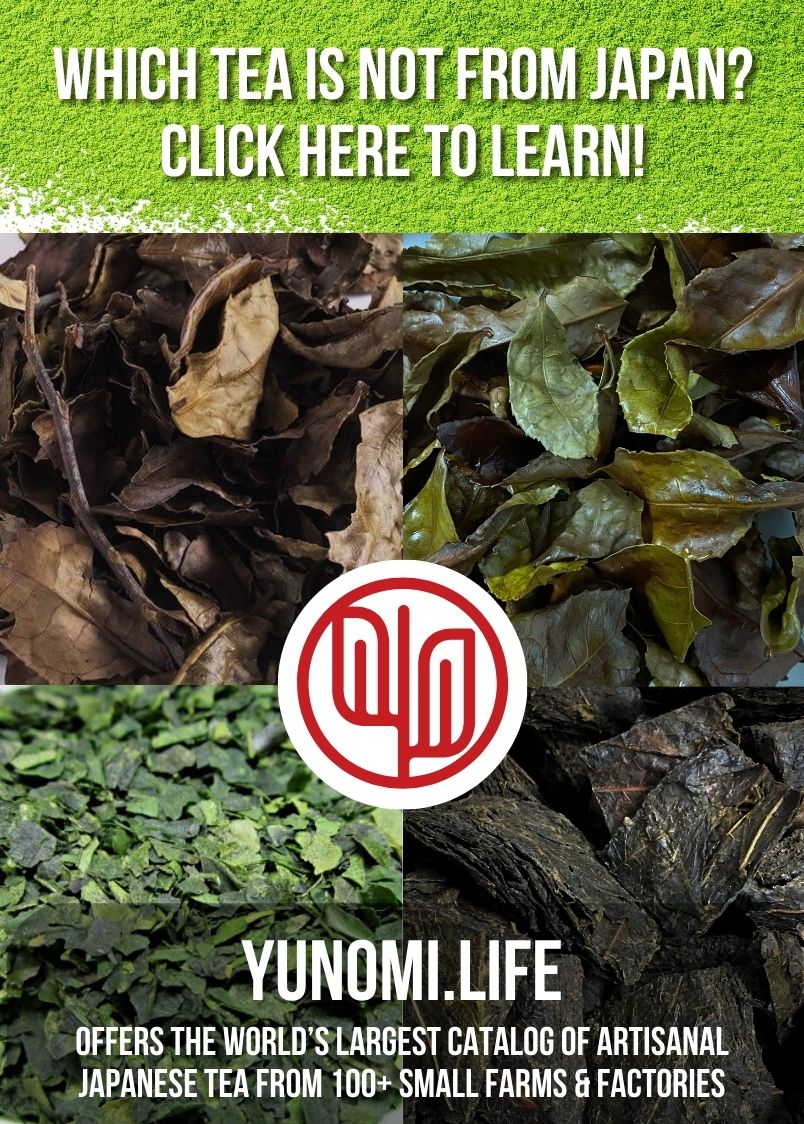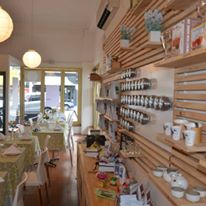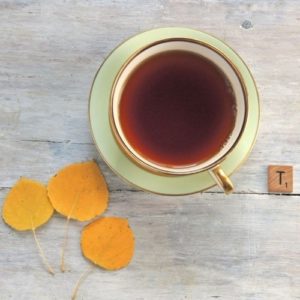- This topic has 3 replies, 4 voices, and was last updated 6 years, 10 months ago by
Manila Tran.
-
AuthorPosts
-
-
2016.08.12 at 8:09 am #14519
 OleksiyParticipant
OleksiyParticipantHi Teaguardian,
First of all, great thanks for such a trove of detailed information that you provide for the curious for free! I did spend some time going over a couple of studies mentioned in references and I can appreciate the amount of time and effort put into this work.
After getting some education on Teaguardian and experimenting with longer infusion times I was able to get more intense and well rounded flavor with 1g/100ml ratio and ~5 min time than with all that non-sense of using 6g/~5-20sec. Thanks to Leo for setting the score straight on this. I’m not wasting precious leaves in that fashion any longer.
That brings me to my question about the gaiwan. I’ll start with saying I don’t have a properly made one so my own experience in this area is close to nil, but I’m trying to understand if there is a point in investing in it for me.
After reading about gaiwan here, I can appreciate such qualities as versatility and the relative ease of use of the gaiwan, I am curious how it fares in performance compared to a good tea pot? Good in my definition is properly made from proper materials like outlined on Teaguardian. I’m not considering specialist grade items (out of reach for now). My understanding is that good teapot would have a better insulating factor with thicker walls and would fare better than thin walled gaiwan for ~5 min infusions. I spent some time on Tea Hong and reviewing brewing instructions for multiple teas and I only found a couple of teas for which short infusion (close to 30s) were recommended to get better results. I can see those teas as being a good use case for the gaiwan since difference in heat loss between the tea pot and a gaiwan is probably nigligent under such short timeframe and speed and easy of decantation is definitely an asset. But those teas are few and far in between so would probably not be part of my daily routine for foreseeable future.
Also, I keep seeing different resources claim that gaiwan is “Indespensable tool and a must have for a true tea connoisseur”. This claim most often is not substantiated by any further information so I wonder if it’s just another case of parroting or I’m missing out on some truly useful properties of a gaiwan aside from the 2 mentioned in the beginning of my question? Gaiwan is cheap but would it be the right tool for a person who is not into exotic teas yet and who likes full bodied well rounded flavor?
Thanks,
O -
2016.08.13 at 6:33 pm #14520
Longjing 43
ParticipantTea Guardian has been my tea bible since I discovered it in its previous generation. Tea Hong has been my primary source of tea also since its previous version. I have not seen any more reliable tea education or teashop like Leo Kwan’s. I live in Hong Kong therefore I can go to many real shops or shops in China to buy tea but I prefer to buy online from Tea Hong. Although I have not tried all the teas Leo provide, but I have tried many good ones. I have bought many kinds many times so I can learn many ways of steeping them for better taste. I think although the infusion tips in the website has not mentioned using short time, but it has not mentioned using only long time either for many teas. Because I have found many teas very enjoyable using gongfu style in the gaiwan and better than long time infusing. For example, many oolong teas, puer teas, and black teas are like that. I use more time than 20 seconds, as Leo teaches in the websites, and experiment with different weight of tealeaves.
I think a good gaiwan is also cheaper than a good teapot. In my opinion, a teapot is better when brewing using long time or for a lot of tea, and a gaiwan is better when brewing for shorter time and not a lot of tea. I most of the time use gaiwan when only myself or myself and a friend drink tea.
-
2016.08.17 at 11:13 pm #14521
 Tea GuardianKeymaster
Tea GuardianKeymasterI am sorry we have not responded earlier.
It is always a pleasure to know that the understanding and experience we share can be of use. Thank you indeed for your feedback. It is the encouragement we need to continue our work.
Let’s focus in the gaiwan question.
Most certainly one can do without a gaiwan. Much as one can do with out a teapot. Or a cup, for that matter. In martial arts novel, there is a saying that when a swordsman is so good in his arts that anything can be a sword. Any vessel can be used as an infusion ware or as a cup.
*HOWEVER*, there are more useful infusion ware and there are less useful ones. As there are better swords and there are not so good swords.
A gaiwan is actually a versatile design. It may not be as good as a teapot for longer infusion duration from the perspective of heat lost, but heat lost may not be a bad factor when you actually want it to balance your overall infusion temperature. To simplify the idea, a 95°C infusion temperature maybe the result of either a consistent 95°C throughout the duration, or it can be the mean temperature between, say 100 in the beginning and 90 at the end.
The art infusing with a thinner and smaller vessel is very different from a thicker and larger one. So is the infusion effect. That basically means a same tea may taste quite differently.
Additionally, between 20 seconds and 5 minutes there are lots of room for play.
Most importantly, different teas really manifest themselves quite differently in the same infusion setting. Change the setting, the same tea tastes differently.
5 grams of Honey Orchid in a 150 ml gaiwan infused for 1 minute is very different from 2 grams of it in a same capacity taster mug for 5 minutes. Both can be good, but one may appeal to you better than the other.
This is but one example.
I think many use the gaiwan because it is convenient and not really knowing what the extent one can use it to make different infusion effects of a same tea. As I have always said, many who sell tea do not really know what they are selling anyway.
In terms of infusing within the 150 ml capacity, the gaiwan indeed is a very usable tool. It has a lot more versatility and possibilities to approach a tea using different variables, techniques and tricks. For a person who wants to explore more the nature of various tea, it is quite indispensable.
As Longjing 43 puts it, a good gaiwan is cheaper than a good teapot. It is also much easier to find.
-
2017.06.11 at 11:41 pm #14863
Manila Tran
ParticipantRecently I had a chance to brew Honey Orchid in both a gaiwan and a small porcelain teapot of about the same capacity. The result in the first infusion is different ( 3 gram per 100 cc water 1 min ) and I cannot say which is better. But the 2nd and 3rd infusion in which I made 1.5 min and 3 min, the teapot is a clear winner.
-
-
AuthorPosts
- You must be logged in to reply to this topic.










